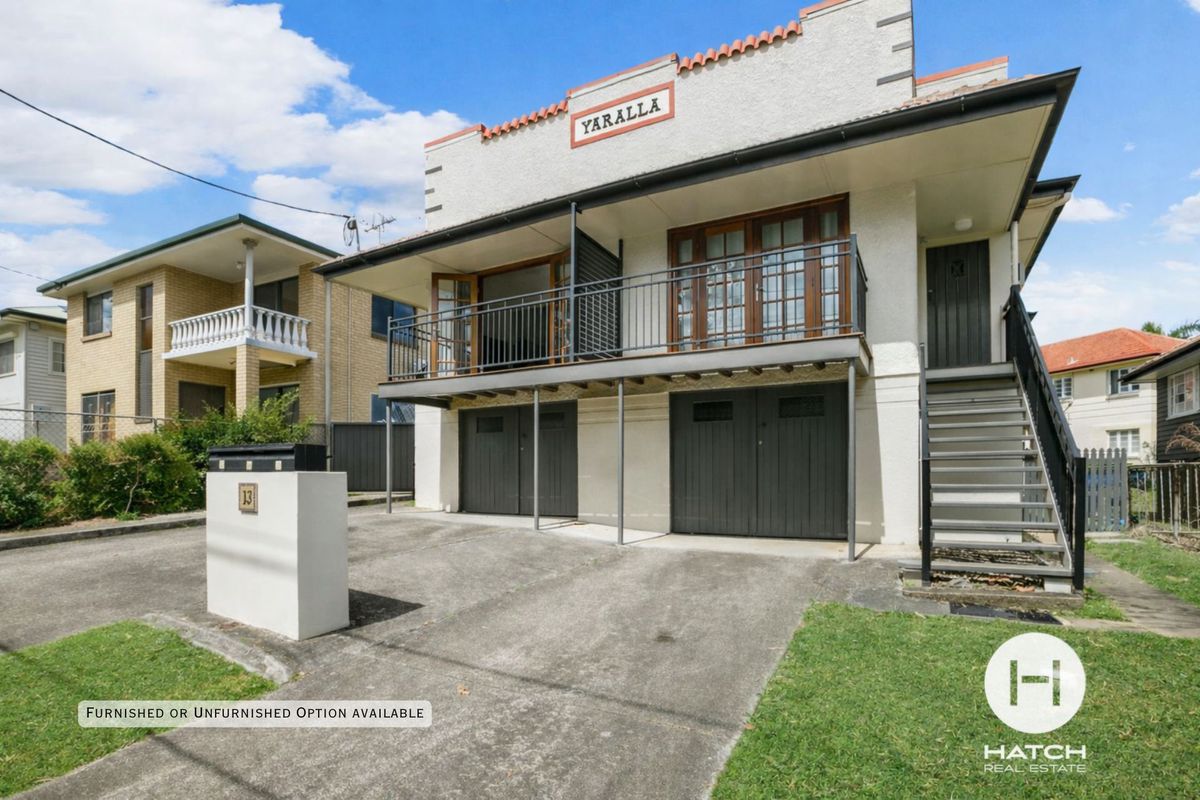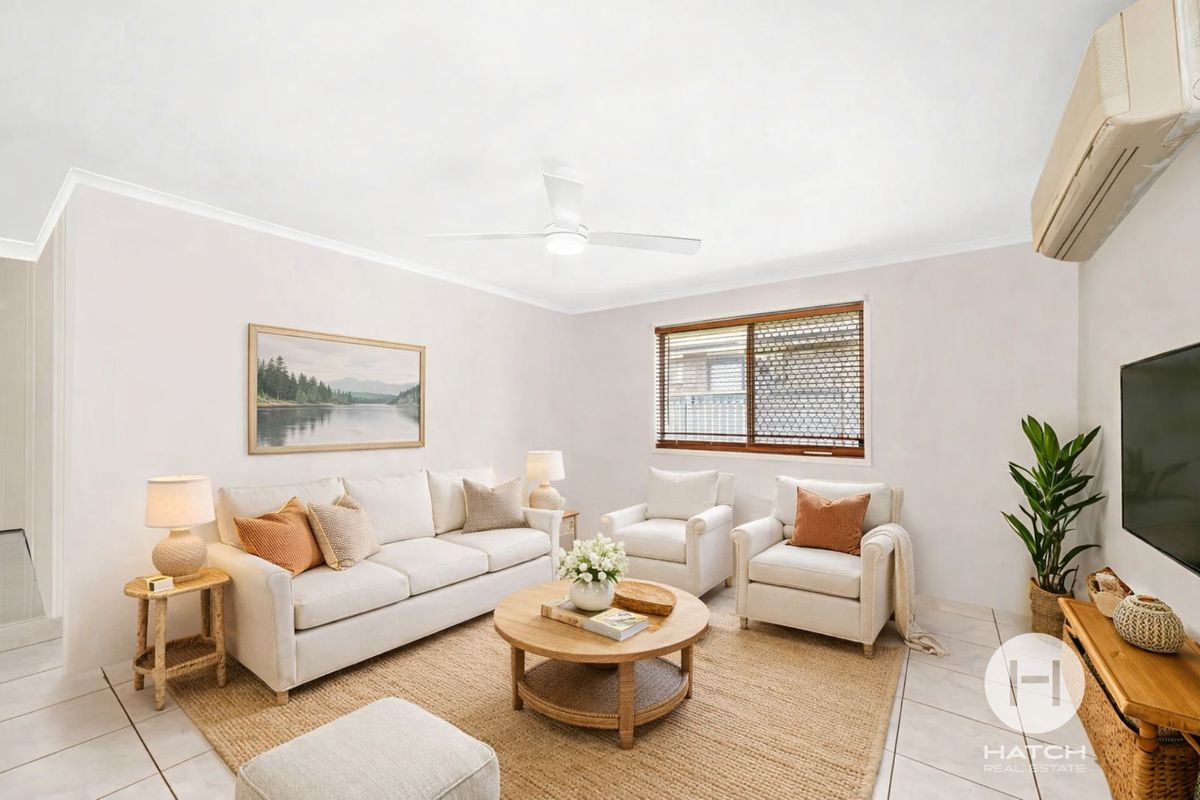Half a dozen trends in Australian real estate which may continue into 2022
Forecasting or predicting what’s going to happen in the Australian property market is almost a national sport. Everyone enjoys it!
Even amongst “professional” forecasters, though, there are those who don’t call it quite right! After all, the market itself is not one market (it’s a series of sub-markets); it is not homogenous and is driven by internal country (ie supply/demand) and external factors (ie currency exchange rates).
There’s been support for the property market
Coming off the back of the effects of the pandemic, there’s no doubt that the overall property market has recovered dramatically, thanks to a combination of:
- government support (temporary alleviating mortgage repayments, support for jobs);
- lower borrowing rates, greater liquidity;
- sustained consumer demand as people realised that the pandemic was not the end of the world and life had to go on;
- constrained supply;
- encouraging economic growth
So, what’s the consensus outlook for the Australian property market in 2021 and beyond?
- national mortgage lenders, including ANZ bank, expect double digit growth across the country’s capitals throughout the rest of the year (Sydney +19%, Melbourne +16% and Brisbane +16%).
- Indeed, the Australian Prudential Regulation Authority (“APRA”) are likely to introduce macro-prudential measures to slow house price growth into 2022;
- borrowing costs (interest rates) almost certainly won’t rise for at least 3 years meaning that demand will be sustained as consumers take advantage of “cheap” loans;
- the strong recovery in the markets to date is (again) inducing the phenomenon of FOMO (“fear of missing out”) creating a surge in prices as more people worry they will be priced out of the market;
- whilst most of the current demand is from first time home buyers (“FHB”) and those trading up to the next level of home ownership, investors are expected to return to the market attracted by the low interest rates and a restoration of confidence in the economic outlook;
- despite the overall expectations of growth, there will be sectors lagging the market. A number of cities have an oversupply of inner-city apartments, for example, which will take time to clear. Furnished and serviced apartments which target tourists (ie for AirBnB) and accommodation typically aimed at students will remain as two of the weaker sectors;
- more and more buyers will pay a premium for the opportunity to work, live and play within a 20-30-minute drive or walk from home.
- Ideally, they are looking for amenities such as shopping, business services, education, community facilities, recreational and sporting resources within easy reach;
- as is often the case, properties in the higher echelons of the market are relatively insulated from trends in the overall market. High end, sought-after properties and locations will always command a premium and the more expensive properties are likely to outperform; and, finally:
- there will be a shift in lifestyle ambitions, and the real estate sector will be to the forefront of this. For example, some tenants want to move to larger apartments; others have decided to become buyers to take advantage the many mortgage incentives available; then there are other existing homeowners who are upgrading their accommodation to larger homes in better neighbourhoods… and so it goes on
All in all, 2021 is going to be a fascinating year for the national property markets... and so is 2022!





